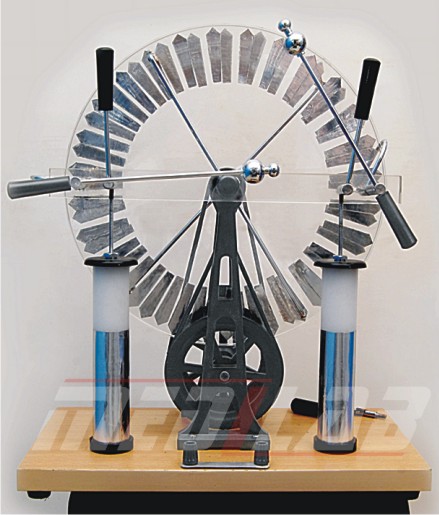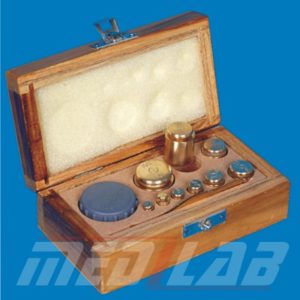Description
A Wimshurst machine is a physics laboratory apparatus that is used to generate high voltage, static electricity. It typically consists of two parallel, counter-rotating disks made of insulating material, with a series of metal sectors attached to each disk. The disks are mounted on a base and can be turned using a handle or an electric motor.
Use the Wimshurst machine, the disks are turned using the handle or motor, which causes the metal sectors to pass each other. As the sectors pass each other, they create a series of electrostatic charges on the disks, which are collected by a pair of metal combs or brushes. The collected charges can be as high as tens of thousands of volts, depending on the size and power of the machine.
Wimshurst machines are commonly used in physics and engineering courses to teach students about high voltage electricity and the principles of electrostatics. They are also used in scientific research and in industry, for example, to generate static electricity for electrostatic painting or cleaning.







